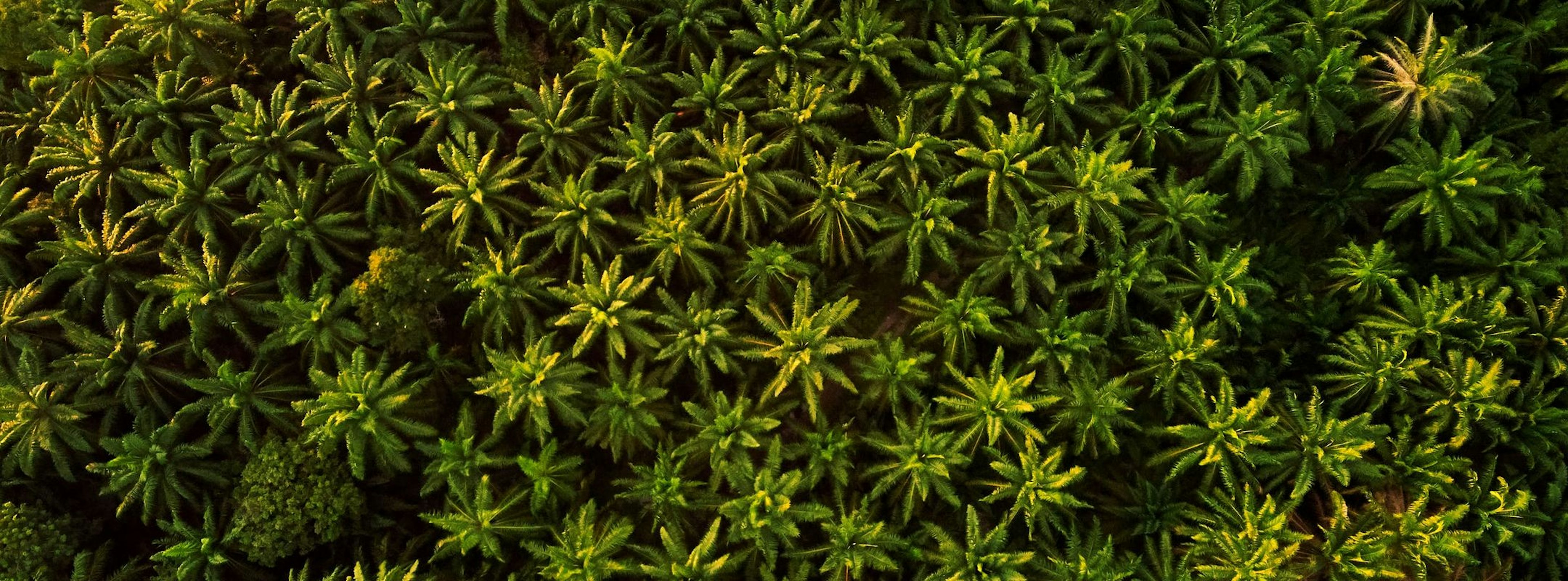Key sources of deforestation risk for Europe revealed
22 Jun 2022
2 min read
Trase analysis shows the opportunities for Amsterdam Declarations Partnership countries as they look to tackle commodity-driven deforestation.

Aerial view of palm plantation